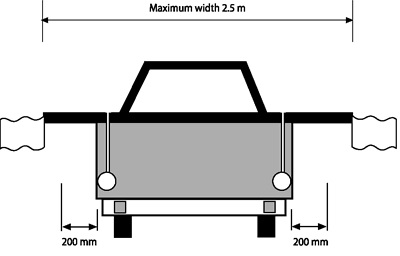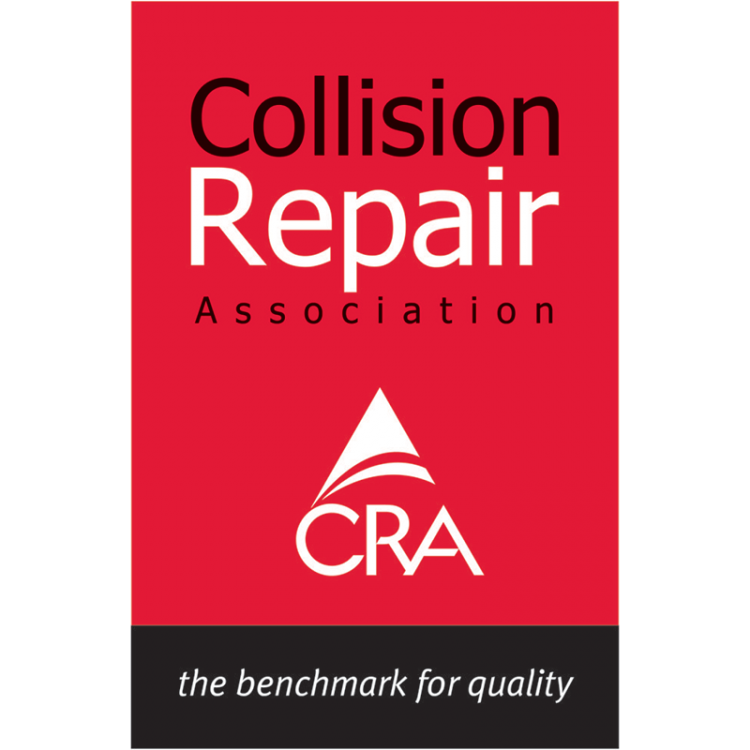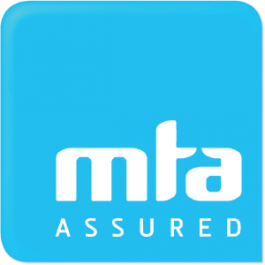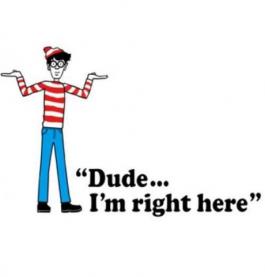Looking to have a towbar fitted in Christchurch?
Making and fitting towbars to vehicles in NZ is specialist work.
Towbars attach to the vehicle floor pan, and there are a variety of different floor pans for models and makes. If your vehicle is a popular make and model, there will normally be tow bars in stock ready for fitting by appointment; if not most fitters will be able to order them in or make to fit.
In New Zealand, there are two tow-ball sizes: 50mm and 1+7/8” (47mm).
A towed vehicle, if it is to get a WOF, must display the same warning lights that are displayed at the back of the towing vehicle - stop, turn, and park lights. A flat, seven connector plug suffices for this. Additional lights - reversing lights, for example - can be accommodated by using a flat 12-pin plug.
Safe towing practices and speed
limits
The maximum open road speed for light vehicles towing trailers or towing other motor
vehicles is 90km/h, provided that you have a rigid connection between the towed and
towing vehicles, such as a towbar, drawbeam or drawbar. If you want to tow using a
rope or other non-rigid connection, then the maximum speed on the open road is
50km/h.
Loads overhanging the vehicle or trailer
WARNING DEVICES
If the load (including equipment used to support or retain the load) extends more than
200mm beyond the sides of the vehicle or trailer, or more than one metre beyond the
front or back of the vehicle, then you must attach suitable warning device(s) to it.
During daylight you must attach:
Flags (coloured white or fluorescent red, orange or yellow, at least 400mm long by 300mm wide)






